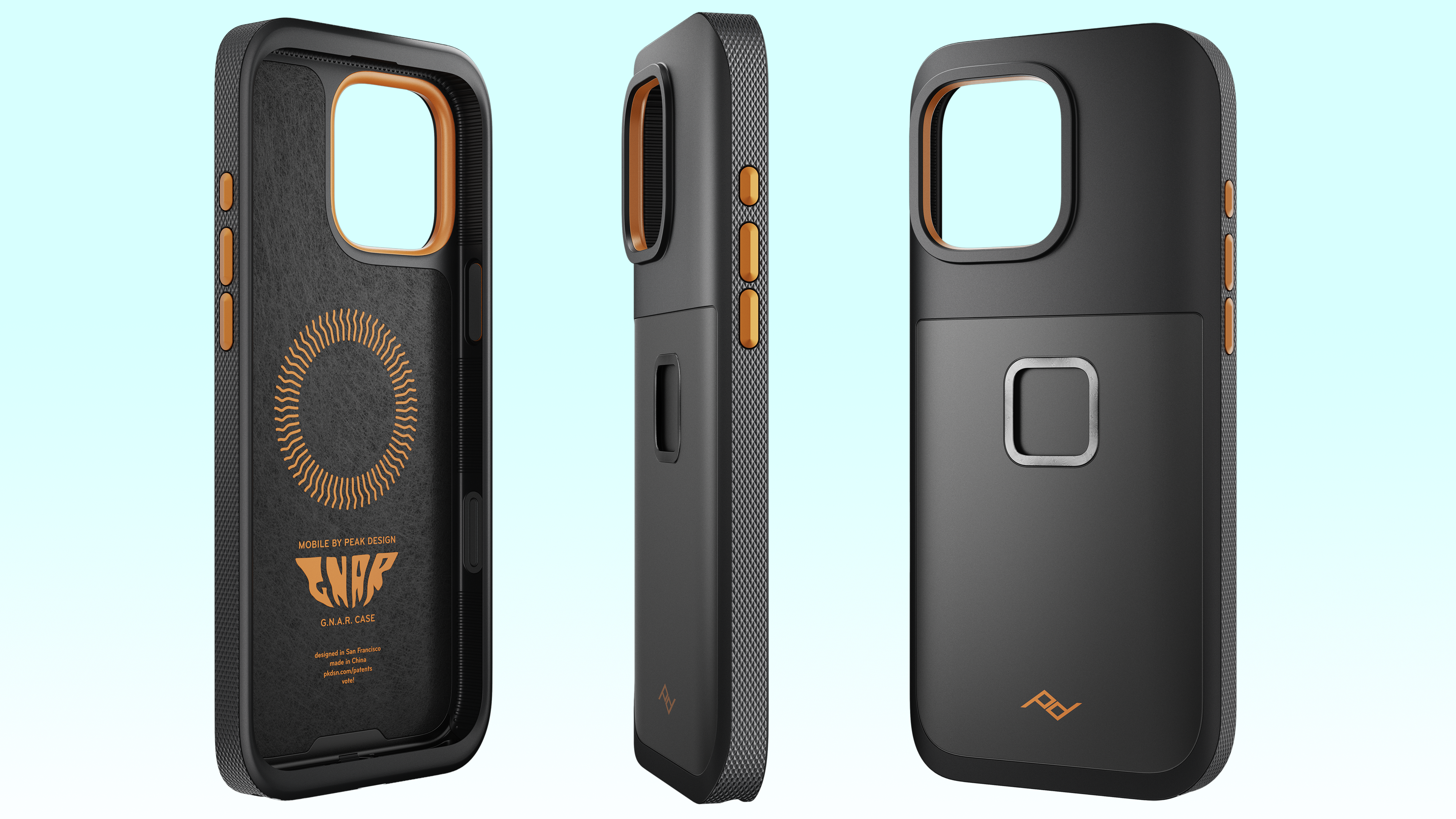Why don't cameras have status panels on the top any more? They do, but at a price
A basic camera feature we used to take for granted on any decent DSLR is now an expensive luxury, it seems
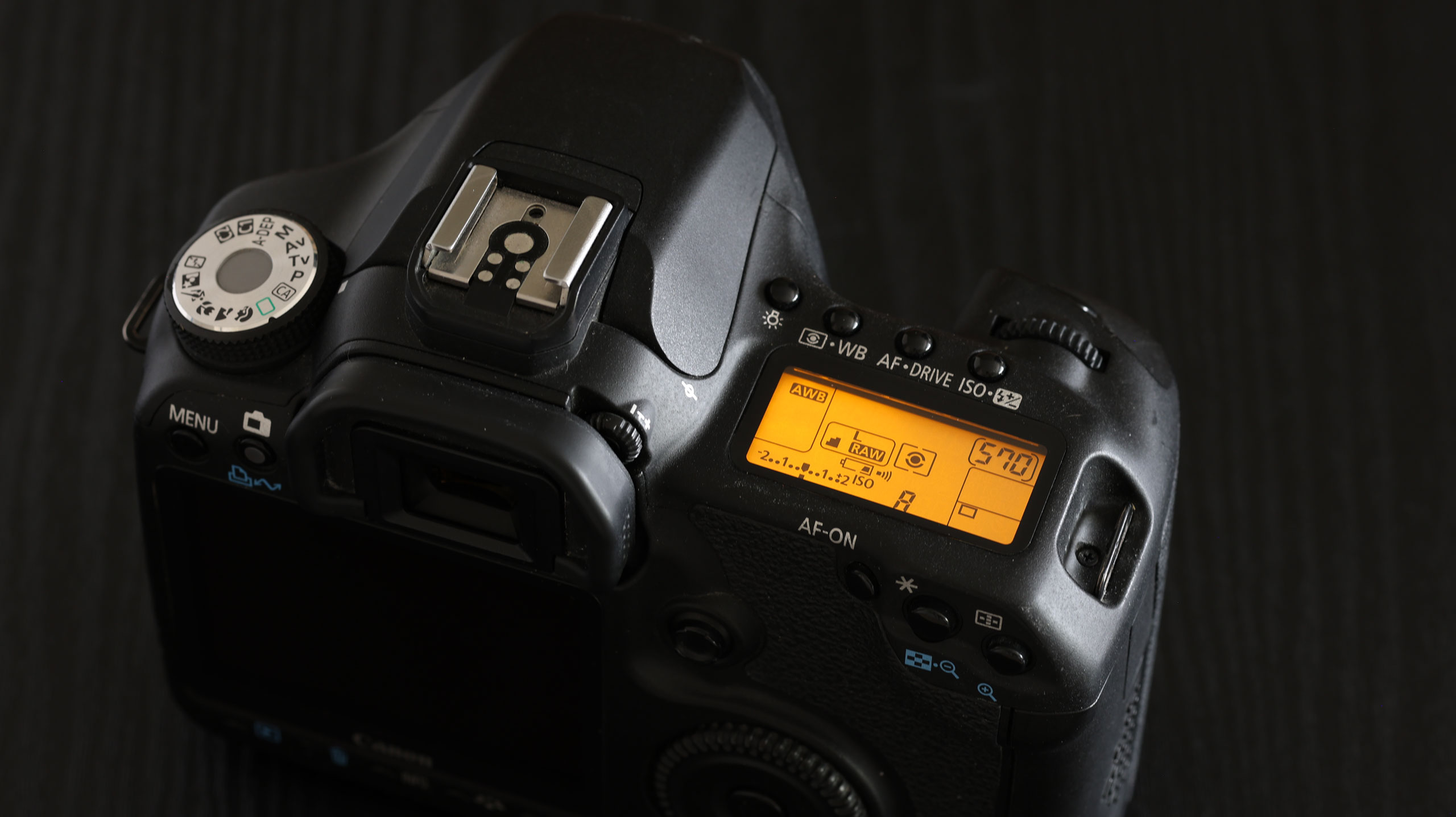
A couple of weeks ago I was raving about the design and controls of the old Canon EOS 50D DSLR, and one of the things that struck me was the usefulness of the status panel on the top plate – not just on this, but on all cameras.
It was something you could take for granted on any half-decent DSLR, but now we’ve migrated to mirrorless, top-plate status panels have become a luxury. So here is my hall of shame for mirrorless camera makers that have ditched status panels and – for those which still make them, how much you’ll have to pay for the privilege.
Canon makes some of the best mirrorless cameras on the market, but out of a range of ten current models, only the top three boast status panels on the top. Here’s a table that spells it out.
| Status panel? | Model |
|---|---|
| No | Canon EOS R100 |
| No | Canon EOS R50 |
| No | Canon EOS R10 |
| No | Canon EOS R7 |
| No | Canon EOS RP |
| No | Canon EOS R8 |
| No | Canon EOS R6 II |
| Yes | Canon EOS R5 II |
| Yes | Canon EOS R3 |
| Yes | Canon EOS R1 |

Some of the best Canon cameras are priced very keenly for beginners, but none come with a top panel until you get to the Canon EOS R5 II, which costs a hefty $4,299 / £4,499. Compare that with Canon’s DSLR range, where everything from the $999 EOS 90D and up comes with a status display.
It’s a similar story with Fujifilm, as only the top two X-H2 models come with status panels (we’re not including the GFX medium format models in this). It’s a little less painful for X-mount fans, though, because the Fujifilm X-H2 sells for a much more affordable $1,999 / £1,849, while the X-H2S is just a little more, so even the best of the best Fujifilm cameras aren't as expensive as full frame alternatives.
| Status panel Yes/No | Model |
|---|---|
| No | Fujifilm X-T30 II |
| No | Fujifilm X-M5 |
| No | Fujifilm X-S20 |
| No | Fujifilm X-T50 |
| No | Fujifilm X-T5 |
| Yes | Fujifilm X-H2 |
| Yes | Fujifilm X-H2S |
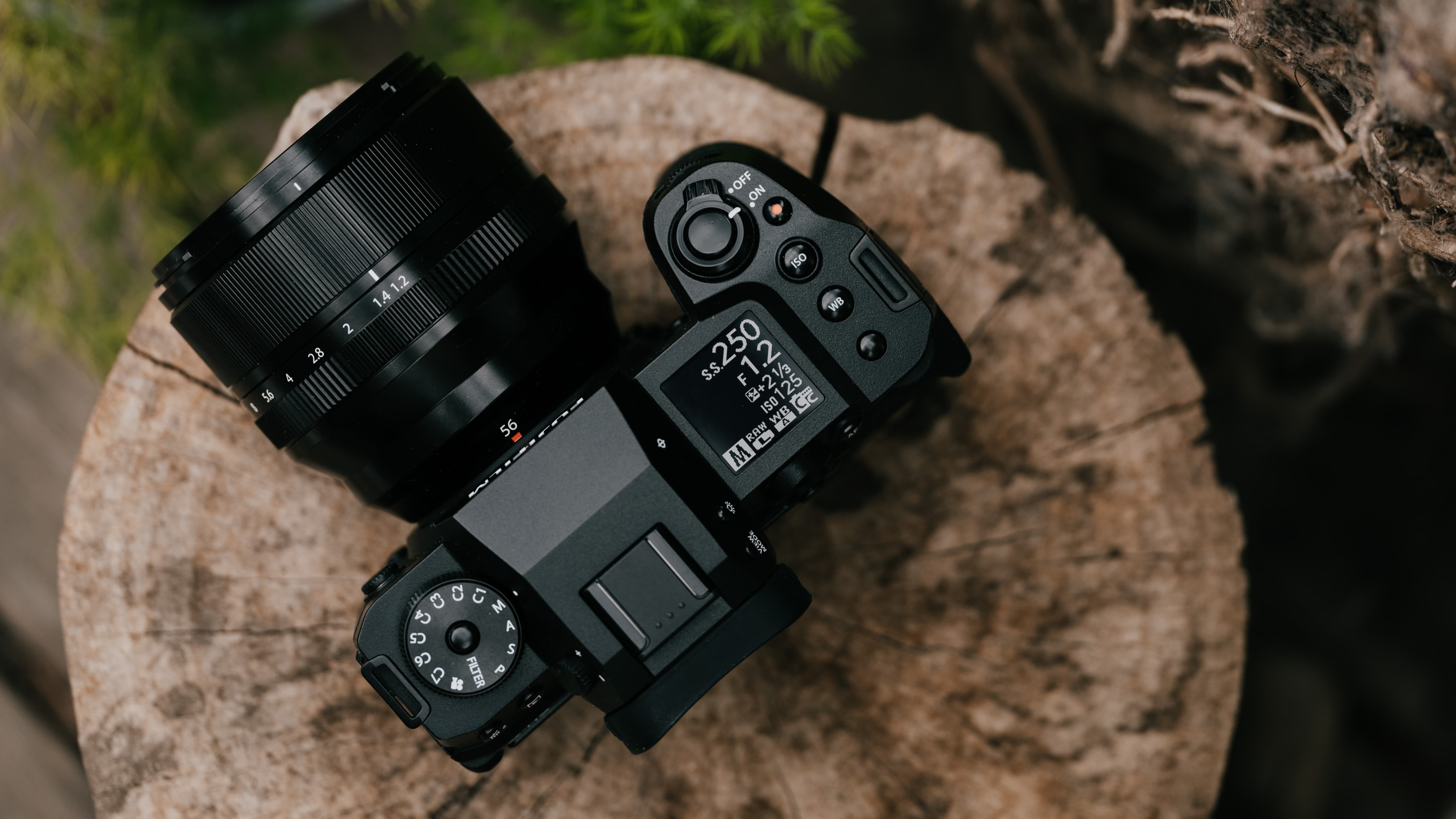
Nikon, like Canon, only offers status panels in its upper-echelon models, starting with the $2,496 / £2,699 Nikon Z6 III. You’re better off than Canon owners, and not just for this little display luxury but in having IBIS built into all the full frame Z-series bodies.
| Status panel Yes/No | Model |
|---|---|
| No | Nikon Z30 |
| No | Nikon Z50 |
| No | Nikon Zfc |
| No | Nikon Z5 |
| No | Nikon Zf |
| Yes | Nikon Z6 III |
| Yes | Nikon Z7 II |
| Yes | Nikon Z8 |
| Yes | Nikon Z9 |
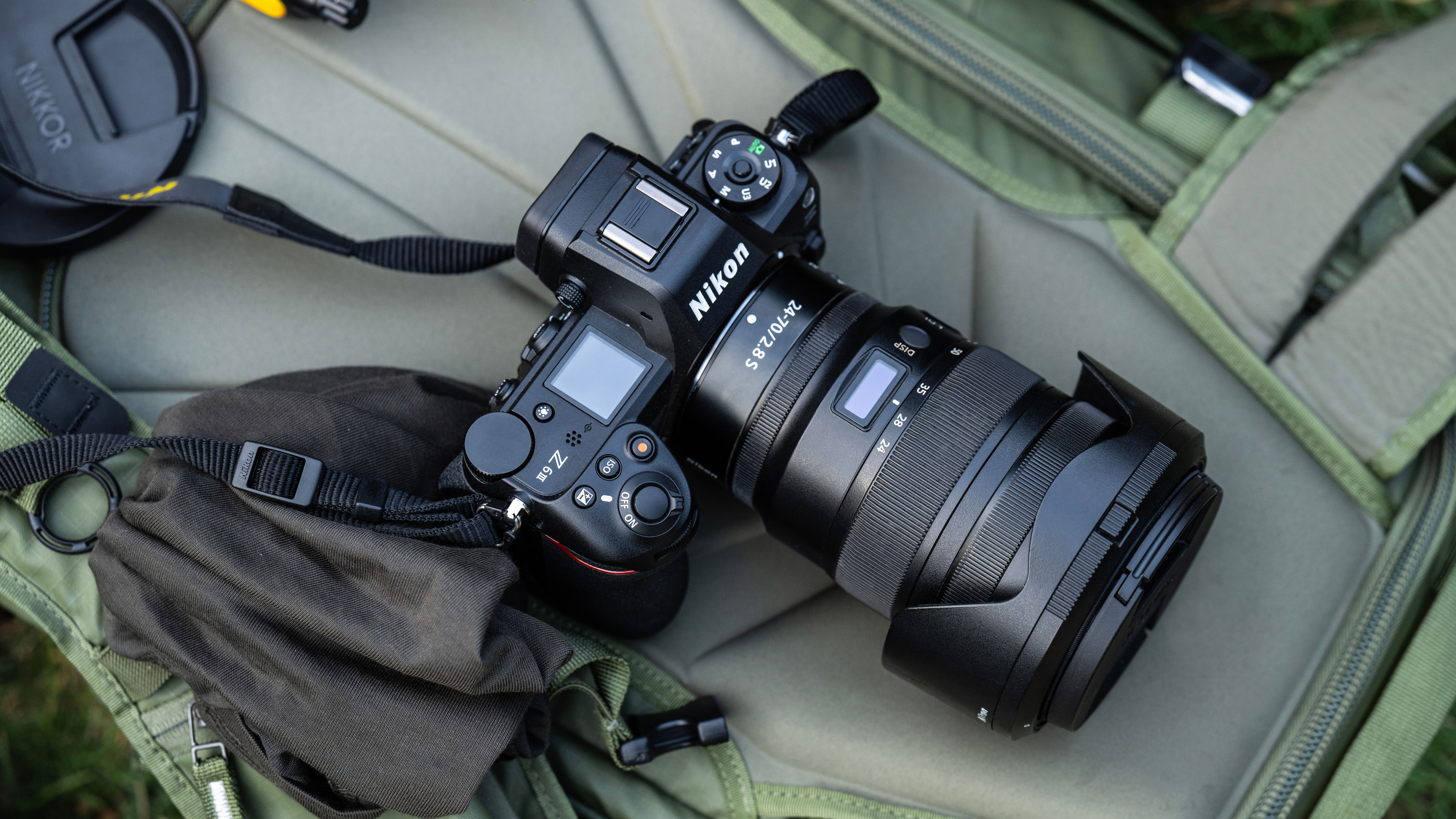
Things take a different turn with OM System cameras. These don’t have top panels on any of the models, at any price.
Get the Digital Camera World Newsletter
The best camera deals, reviews, product advice, and unmissable photography news, direct to your inbox!
Panasonic fares a little better, but not much. It has replaced the old Lumix G9 (which does have a top panel) with the restyled Lumix G9 II which does not. In fact none of Panasonic’s more recent Lumix S cameras do either. Only the older Lumix S1, Lumix S1R and Lumix S1H have top panels, and these have been pretty much consigned to history now.
And then there’s Sony. There is not a single Sony Alpha mirrorless body with a status panel on the top plate. Not one. Not even the mighty Sony A7R V, A9 III or Sony A1. Sony has maintained its distinctly minimalist top plate design ethos right across the range.
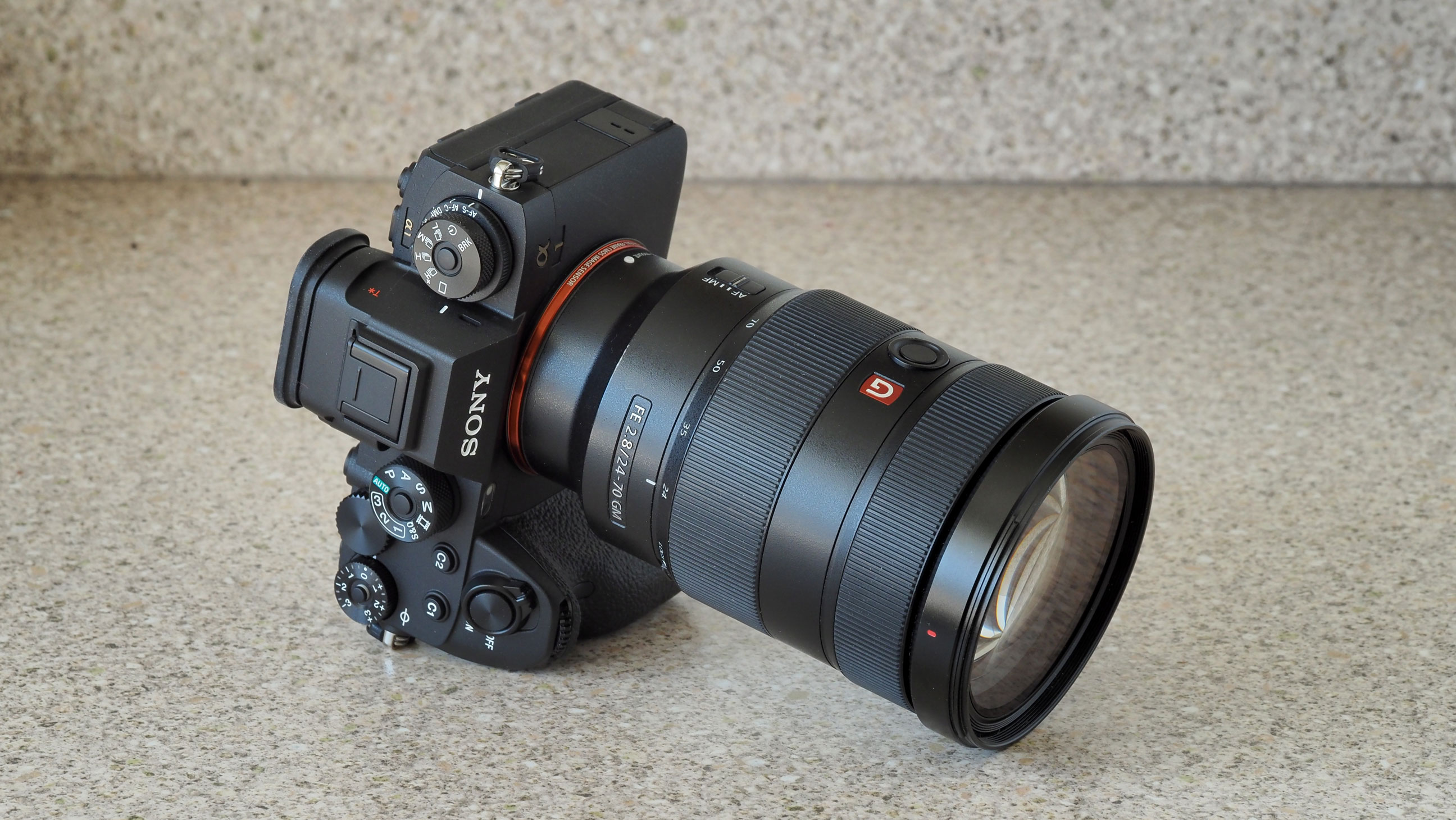
So what’s the big deal about status panels?
For a lot of people, especially those who started photography after the mirrorless revolution, this might seem like a fuss over nothing. What you’ve never had, you never miss, right? But for those of us who have been around a little longer, the disappearance of this once-standard camera feature is a little more annoying.
Why? Because they tell you everything you need to know just by looking down at the camera. The information is condensed, simple and relevant. Yes, you can use the rear screen to display status info too, but then you have to switch it away from its normal live view mode or put up with having to decipher shooting information overlaid on to the scene you’re photographing.
Status panels also use a lot less power than the rear screen. Mirrorless camera users are accustomed to battery life limitations, but older photographers will remember the days when the best DSLRs could shoot a thousand images on a single charge. In fairness, though, mirrorless cameras always need the EVF or rear screen switched on to take pictures anyway, so it’s probably not going to make much difference and it's more to do with a broader mirrorless vs DSLR debate.
Perhaps the best proof, though, is that camera makers still put them on their best professional cameras, or at least Canon, Fujifilm and Nikon do. It’s just that you have to pay a lot more and look a lot harder to get this once common feature today.

Rod is an independent photography journalist and editor, and a long-standing Digital Camera World contributor, having previously worked as DCW's Group Reviews editor. Before that he has been technique editor on N-Photo, Head of Testing for the photography division and Camera Channel editor on TechRadar, as well as contributing to many other publications. He has been writing about photography technique, photo editing and digital cameras since they first appeared, and before that began his career writing about film photography. He has used and reviewed practically every interchangeable lens camera launched in the past 20 years, from entry-level DSLRs to medium format cameras, together with lenses, tripods, gimbals, light meters, camera bags and more. Rod has his own camera gear blog at fotovolo.com but also writes about photo-editing applications and techniques at lifeafterphotoshop.com
